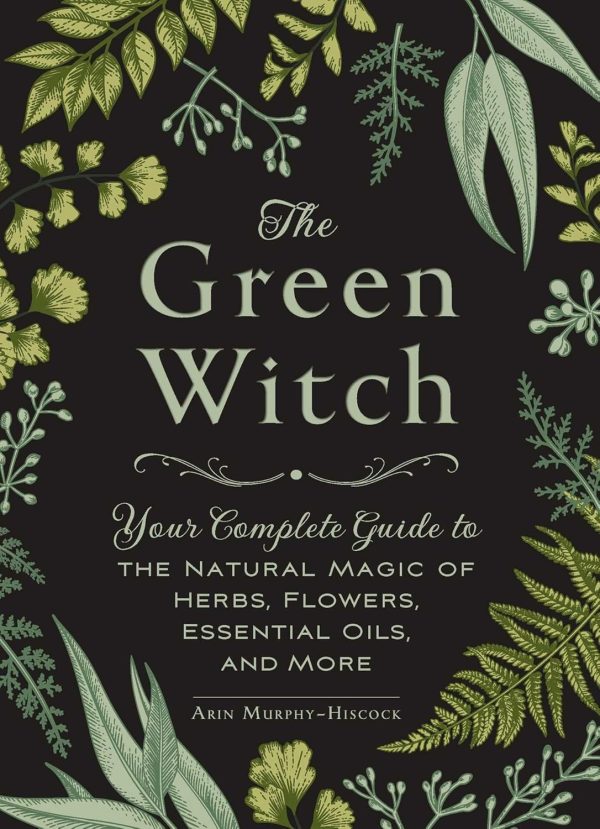Chic Cheeks Mineral Blush
by Debbie Bilezikian, via MakeYourOwnCosmetics.com
This is a lovely, sheer blush to brighten and enliven the cheeks. It is in the “cool” range, designed for lighter skin tones. In this recipe, a “scoop” is 1/8 level teaspoon.
Yield: 1/2 teaspoon (a lot of blush!)
Prep Time: 10 minutes
Price Category: 2
Difficulty Level: 1
Shelf Life: Indefinite
Ingredients:
2 level scoops Bordeaux mica
1 level scoop Oriental beige mica
1/2 level scoop Splendid blue mica
Blending Procedure:
1. Place all ingredients in a small bowl and thoroughly mix them with a spatula, spoon or popsicle stick. Be sure to remove all lumps of unblended color. You may wish to use a clean coffee grinder to break up the mica into the smallest particles. (Wash the grinder thoroughly after use and set it aside for mineral makeup only.)
2. Empty the finished blend into a small jar, preferably a sifter jar for easy dispensing. Cap and label. To use, gently touch the tip of a cotton ball or blush brush into the powder and tap off excess. Brush evenly onto cheeks.
3. For a warmer colored blush, replace Bordeaux mica with Sienna fine mica. For a darker blush, replace Splendid blue mica with Blackstar red mica.
4. Note: since mica suppliers assign different names for the same colors of mica, to avoid confusion, Monave supplied mica is recommended for this recipe.

Hello, I looked for the two mica referred to in this recipe. I found that Costal Scents lists these two colors, but I am not sure if they are the colors you are referring two. One looks burgandy and the other looks like a yellow brown.